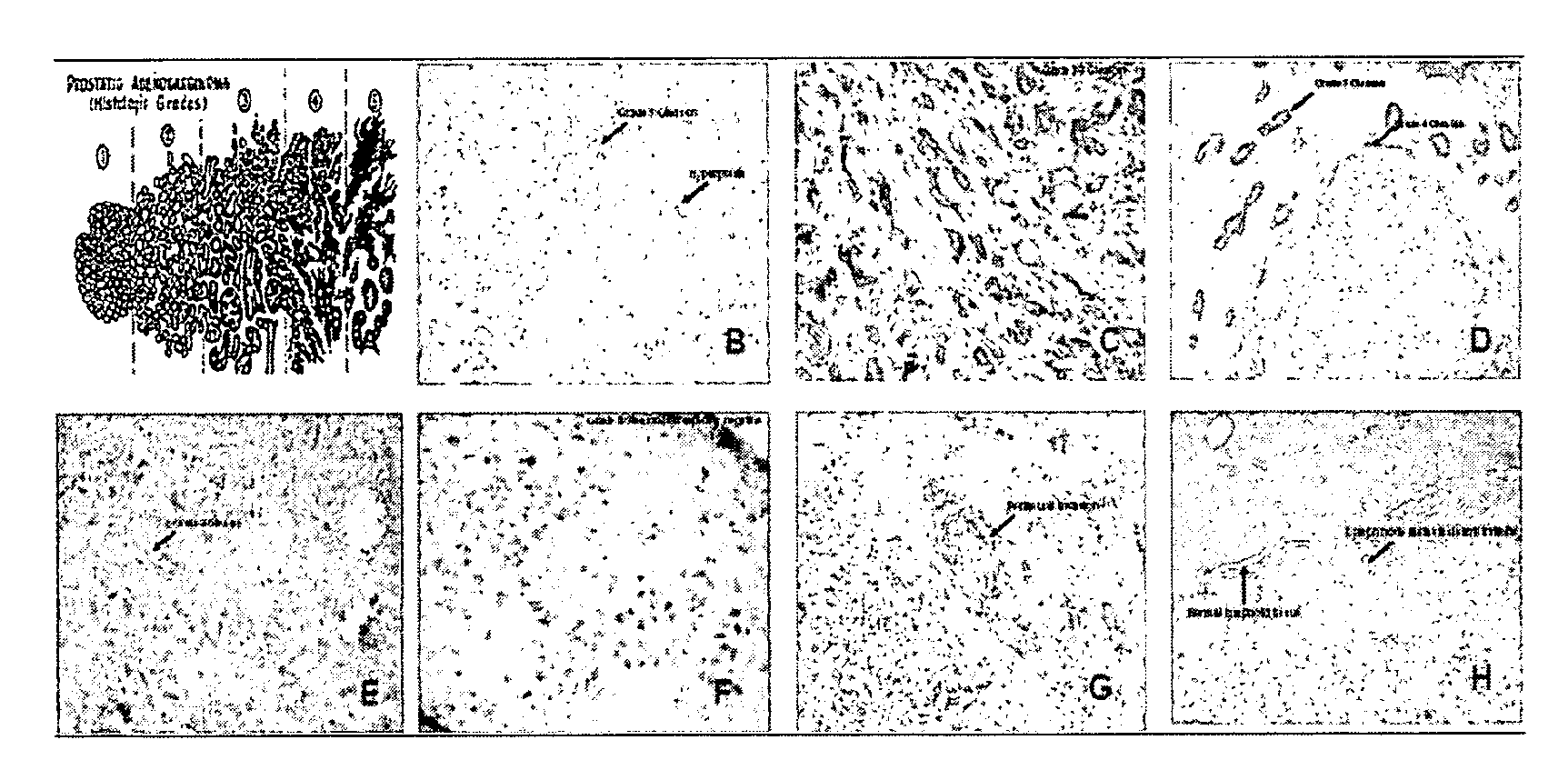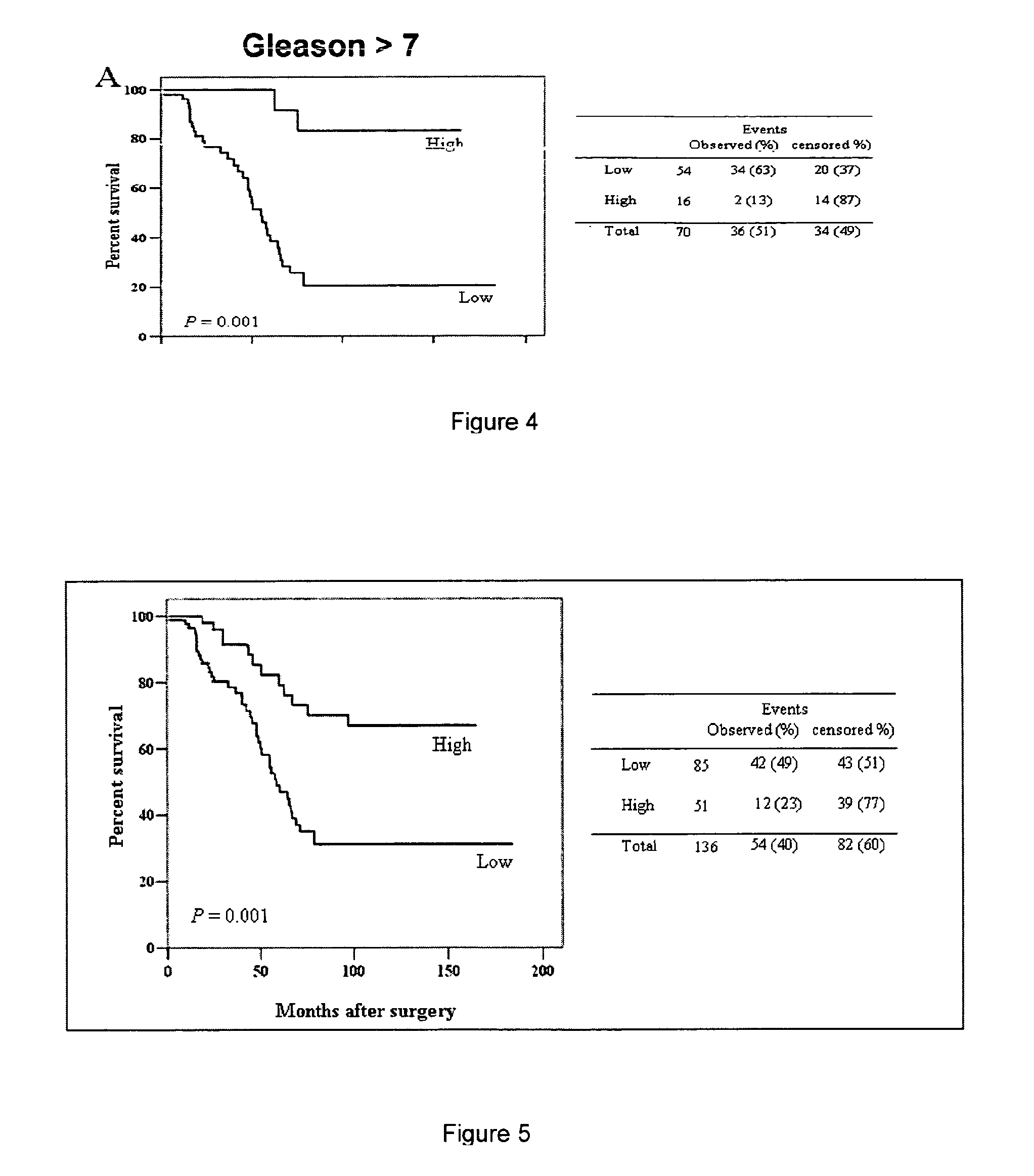Peptidic and non peptidic ligands for immunodetection of the receptor for urotensin
a urotensin receptor and immunodetection technology, applied in the field of cyclic peptides analogues of urotensin, can solve the problems of limited specificity and severely limit the pharmacological and therapeutic usefulness of the receptor
- Summary
- Abstract
- Description
- Claims
- Application Information
AI Technical Summary
Problems solved by technology
Method used
Image
Examples
example 1
[0073]The Biotilinated compound shows the following structure:
Biotin-Asp-c[Cys-Phe-Trp-Lys-Tyr-Cys]-Val-NH2
[0074]The compound was synthesised by standard solid-phase methodology, starting from 0.5 g of Wang resin (0.7 mmol / g) using Nα-Fmoc chemistry and an orthogonal side chain protection strategy. The first amino acid, Nα-Fmoc-Val-OH, was linked to the resin using as coupling reagents a 3-fold excess of HBTU / HOBt in the presence of N,N′-diisopropylethylamine (DIEA). The following amino acids were then added stepwise to the growing peptide: Nα-Fmoc-Cys(Trt)-OH, Nα-Fmoc-Tyr(OtBu)-OH, Nα-Fmoc-Orn(Nε-Boc)-OH, Nα-Fmoc-D-Trp(Nin-Boc)-OH, Nα-Fmoc-Phe-OH, Nα-Fmoc-Pen(Trt)-OH and Nα-Fmoc-Asp(OtBu)-OH using standard solid phase methods. The last amino acid, Nα-Fmoc-Asp(OtBu)-OH, after deprotection of protecting group Fmoc is coupled Biotin or other Fluoroforic agent by conventional coupling reagent.
[0075]Each coupling reaction was achieved using a 3-fold excess of amino acid and of HBTU / HOB...
example 2
[0077]Labelling of tumour cells collected with fine needle aspiration biopsy Cells are centrifuged with Cytospin and subsequenly fixed at the air for 30 min and then with the addition of a 1:1 acetone / methanol buffer for another min. The fixed cells are incubated in 1% H2O2 / methanol for 20 min at room temperature in order to block endogeneous oxidases. Thereafter, cells are incubated in 10% PBS / BSA buffer for 10 min and with the biothynilated UTR ligand in the presence or absence of unlabelled UTR ligands for 90 min at room temperature in order to displace labelled ligand and to give an idea on the specificity of the reaction. Then cells are washed with 10% PBS / BSA buffer for 2 min and incubated with DAKO ABC complex per 40 min. After the incubation cells are washed in PBS / BSA buffer and Diaminobenzidin is added for 10 min. Thereafter, the cells are washed again in PBS / BSA for 10 min and are finally died with hematoxilin for 30 sec and dehydrated with alcool, diaphanyzed with xylene...
example 3
Labelling of Tumour Cells in Surgical Samples
[0078]Freeze tissue slides are obtained from fresh tissues collected form surgical samples (after either biopsies or radical prostathectomies). The slides are incubated in 1% H2O2 / methanol for 20 min at room temperature in order to block endogeneous oxidases. Thereafter, slides are incubated in 10% PBS / BSA buffer for 10 min and with the biothynilated UTR ligand in the presence or absence of unlabelled UTR ligands for 90 min at room temperature in order to displace is labelled ligand and to give an idea on the specificity of the reaction. Then slides are washed with 10% PBS / BSA buffer for 2 min and incubated with DAKO ABC complex per 40 min. After the incubation slides are again washed in PBS / BSA buffer and Diaminobenzidin is added for 10 min. Thereafter, slides are washed again in PBS / BSA for 10 min and are finally died with hematoxilin for 30 sec and dehydrated with alcool, diaphanyzed with xylene and mounted in Istomount.
PUM
| Property | Measurement | Unit |
|---|---|---|
| radioactive | aaaaa | aaaaa |
| PET | aaaaa | aaaaa |
Abstract
Description
Claims
Application Information
 Login to View More
Login to View More - R&D
- Intellectual Property
- Life Sciences
- Materials
- Tech Scout
- Unparalleled Data Quality
- Higher Quality Content
- 60% Fewer Hallucinations
Browse by: Latest US Patents, China's latest patents, Technical Efficacy Thesaurus, Application Domain, Technology Topic, Popular Technical Reports.
© 2025 PatSnap. All rights reserved.Legal|Privacy policy|Modern Slavery Act Transparency Statement|Sitemap|About US| Contact US: help@patsnap.com



